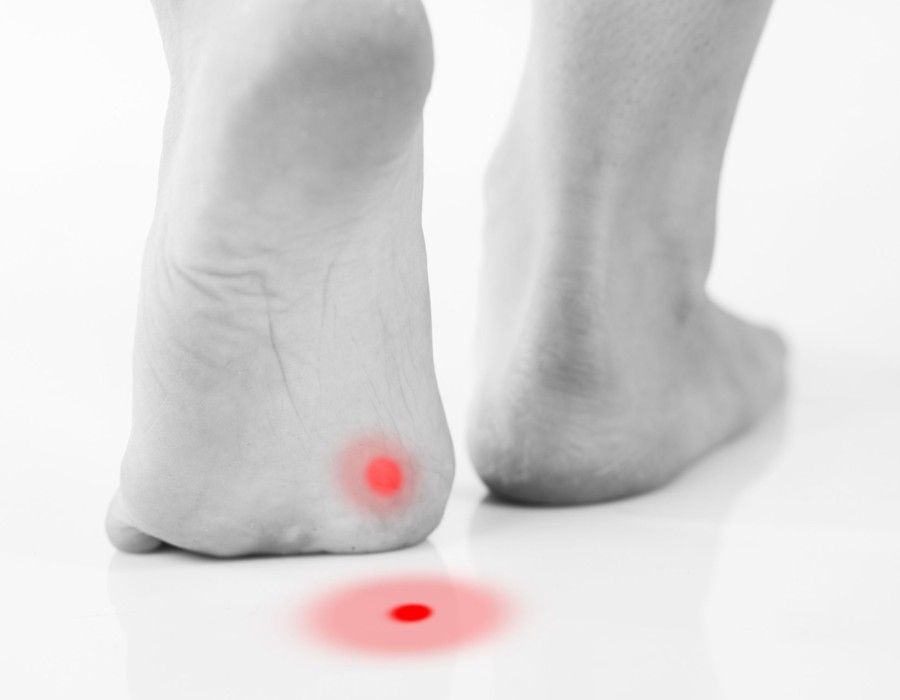Understanding Plantar Warts
Plantar warts appear as rough, grainy growths on the feet, often with black pinpoint dots caused by small, clotted blood vessels. They are contagious and can spread through direct contact with an infected surface. People with weakened immune systems or those who frequently walk barefoot in communal areas are at a higher risk of developing plantar warts.
Over-the-Counter Treatments
One of the first lines of defense against plantar warts is over-the-counter (OTC) treatments, which are widely available and easy to use. Salicylic acid is a common ingredient in many OTC wart treatments. This keratolytic agent works by softening and dissolving the protein (keratin) that makes up the wart and the thick layer of dead skin covering it. The treatment usually involves applying the solution or patch directly to the wart daily, followed by gentle removal of the softened tissue with a pumice stone or emery board.
Cryotherapy
Cryotherapy, or freezing therapy, plantar warts on feet treatment is another effective treatment option. This method involves applying liquid nitrogen to the wart, which causes it to freeze and subsequently die. The dead tissue then sloughs off over the following days. Cryotherapy can be administered by a healthcare professional or through OTC kits. Professional cryotherapy is generally more effective due to the use of colder temperatures and more precise application techniques.
Prescription Medications
For more stubborn warts that do not respond to OTC treatments or cryotherapy, prescription medications may be necessary. These can include stronger concentrations of salicylic acid or other topical treatments like imiquimod, which stimulates the immune system to fight the virus. In some cases, a doctor might prescribe injections of medications such as bleomycin, which targets the wart virus directly, or candida antigen, which boosts the immune response in the affected area.
Laser Treatment
Laser therapy is an advanced option for treating plantar warts that resist other treatments. The procedure involves using a laser to burn and destroy the wart tissue. There are different types of lasers used, such as pulsed-dye lasers, which target blood vessels within the wart, effectively cutting off its blood supply and causing it to die. Laser treatment is typically performed in a dermatologist's office and may require multiple sessions.
Surgical Options
In severe cases where other treatments have failed, surgical removal of the wart may be considered. This can involve minor surgery under local anesthesia, where the wart is excised with a scalpel. Alternatively, electrosurgery (burning the wart with an electric current) or curettage (scraping off the wart) may be used. These procedures carry a higher risk of scarring and should be considered as a last resort.
Home Remedies and Natural Treatments
Some individuals prefer natural treatments and home remedies. Common methods include duct tape occlusion therapy, which involves covering the wart with duct tape to irritate it and stimulate the immune response. Other remedies include applying garlic, apple cider vinegar, wound care for diabetic foot ulcers or tea tree oil, which have anecdotal evidence supporting their effectiveness. While these methods can be less expensive and less invasive, their efficacy varies widely, and scientific support is limited.
Preventive Measures
Preventing the recurrence of plantar warts involves maintaining good foot hygiene, avoiding walking barefoot in public areas, and wearing shower shoes in communal showers and pools. Regularly changing socks and keeping feet dry can also reduce the risk of developing new warts.






Comments